This spring season of Natural Habitat China Expeditions was a great success. All 4 trips had amazing weather, wildlife, and unparalleled chances to explore Sichuan Province, which in my opinion is one of the world’s best kept secrets. Here are some of the highlights for bird and wildlife signings in images…..
For me personally, I was most exited about two of the trips continuing our 5-in-a-row trip streak of moon bear sightings. Being a bear lover, to see such a thriving population of wild moon bears gets me so excited. The nature reserve we visit is perfect habitat for moon bears because the valley bottoms consist of old agricultural lands that have become wild. The density of chestnut, walnut and wild kiwi trees provides excellent food resources for the bears as flowers in the springs, and fruits and nuts in the fall. The bears are also becoming somewhat comfortable with people, which shows me the reserve has eliminated poaching and harassment by humans. Our excitement from these sightings helps to encourage the Government to manage parks and reserves for wildlife viewing opportunities. This is what it is all about!
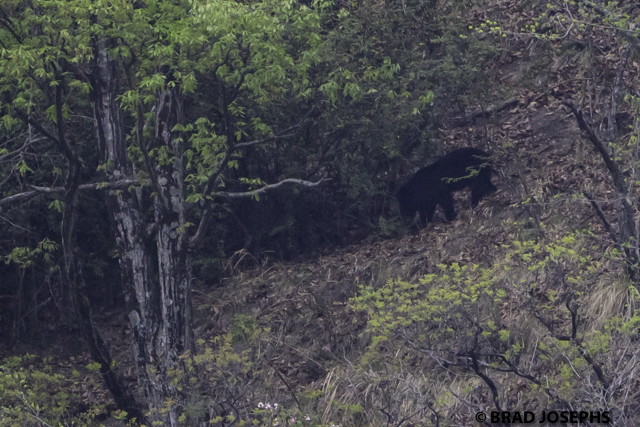
One morning our group hiked up to the top of a high ridge, and just before we crested and moved into the next valley I took one last look at a patch of forest where we have seen moon bears in the past. I saw a small black shape under a tree, that could have been an animal and watched it for a little while. A few moments later the dark shape began to move and materialize into a moon bear. We only saw it for about a minute before it disappeared into the brush, and due to low light conditions this image is not good, but it is such a thrill to see such a rare and endangered animal in the wild.
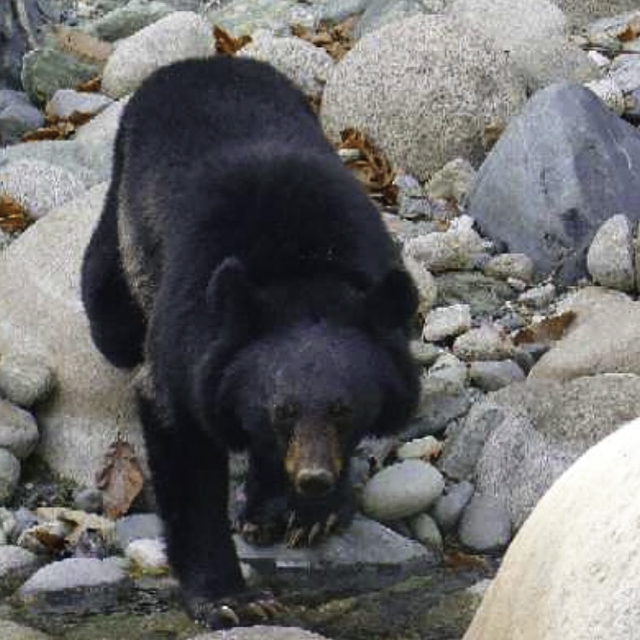
Photo by new NHA expedition leader in training Mike Seitz of a moon bear, or Asiatic black bear in a remote nature reserve in the Min Mountains. We had moon bear sightings on 5 expeditions in a row! WOW!
It seems that every year the number of takin grow, and their fear of people decreases, making for many incredible viewing opportunities of these spectacular animals. Takin are related to mountain goats, as they are in the Bovid subfamily Caprinae (the goat antelopes). Large males can weigh over 1000 pounds, are heavily muscled, and very sure-footed in rugged, steep terrain.
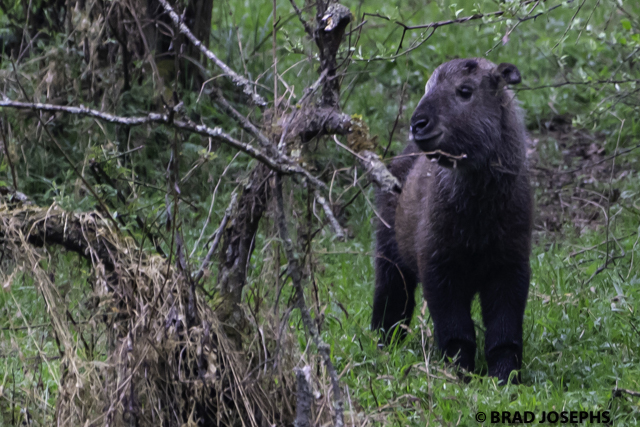
Spring is a great time to see the newborn baby takin which are born in March. These guys are so cute and fuzzy. This calf is around 2 months old.
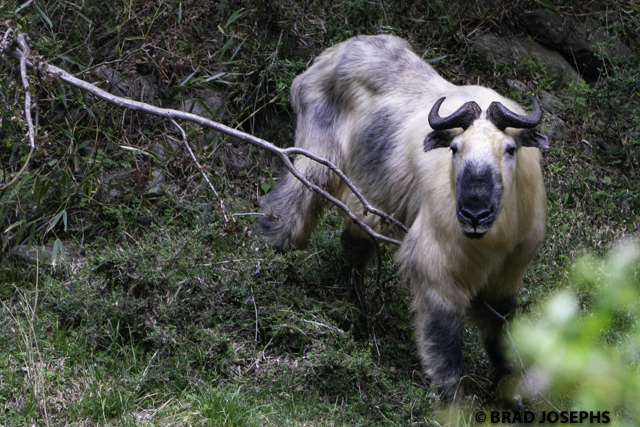
Large solitary male takin. After the bulls pass their prime years they remain at low elevations all year, and do not follow the single breeding females and younger bulls to high elevations. I call these guys the “retired bulls.”
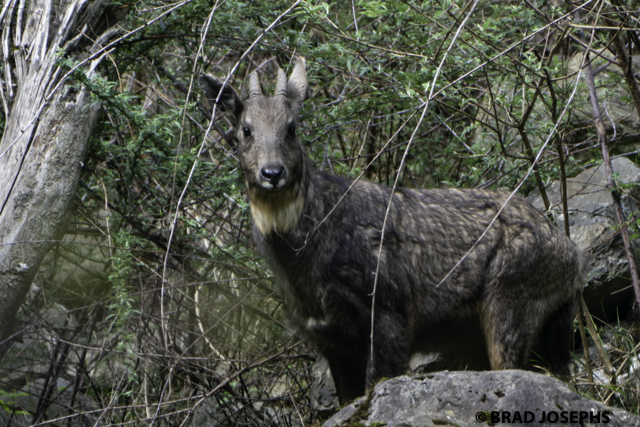
This is a Chinese goral, another member of the Caprinae subfamily. These mountain goats are common in the cliffs and rocky zones of the Minshan Mountains of Sichuan.
Springtime is the best time to view wild golden pheasants, as it is breeding season, so the males are more vocal and active. We experienced the most amazing golden pheasant encounter in my, and our local ranger’s life. Two males danced and fought for half an hour right in front of us on an old dirt road in the nature reserve one evening.
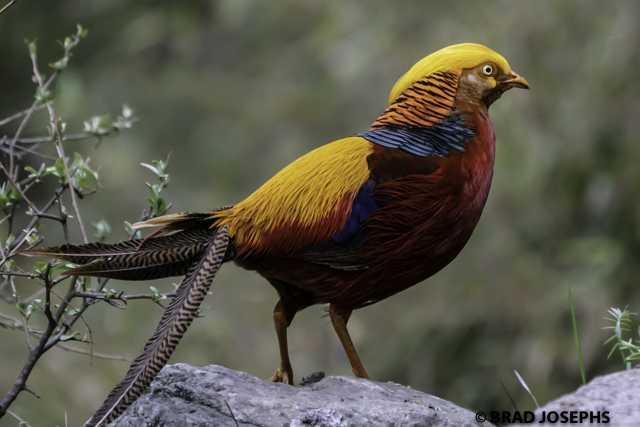
This golden pheasant was totally indifferent to our group as we watched in awe. Can a bird be more beautiful?
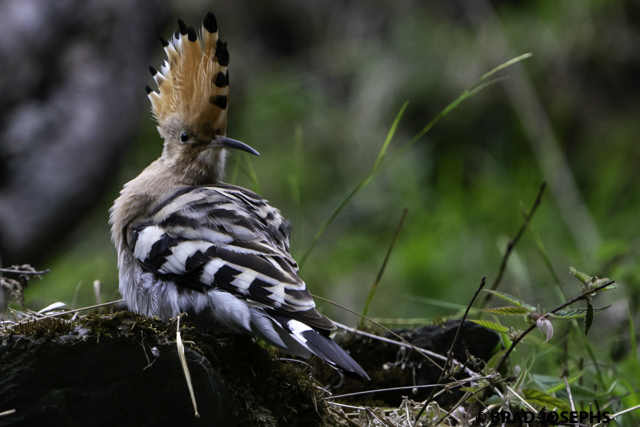
Eurasian Hoopoe (Upupa epops) are known for their distinctive crests, and long curved bill which is used to catch insects on the ground. I love these birds!
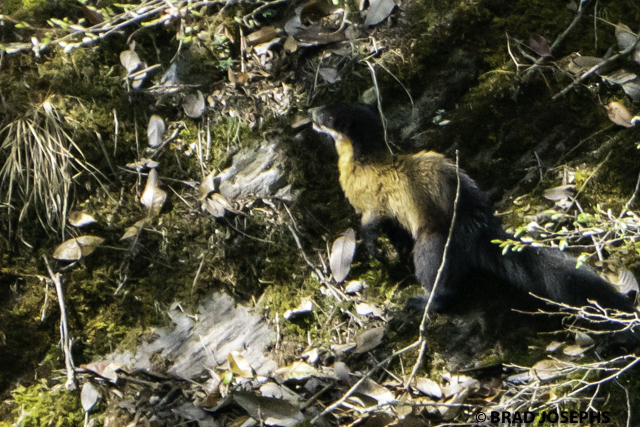
We were lucky enough to catch a quick glimpse of one of my favorite members of the weasel family- the beautiful yellow throated marten. These fearless predators often hunt in packs of 2 or 3, and can take down deer.
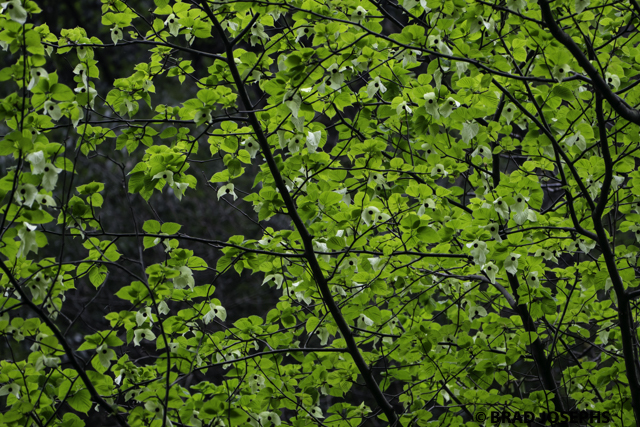
Very rare and unique wild dove tree (Davidia involucrata). The white petals are actually special leaves (bracts) which act as petals. In the wind they flutter like white doves.
What an amazing 2 days in a remote nature reserve, which is one of my favorite places on earth! Stay tuned for more highlights including awesome mountain landscapes and panda cubs!
Keep Exploring! Brad

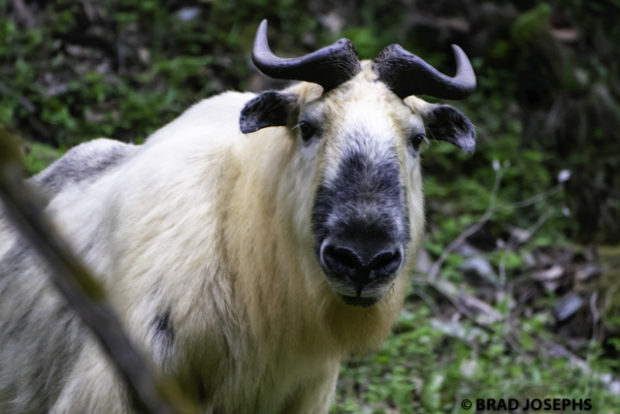
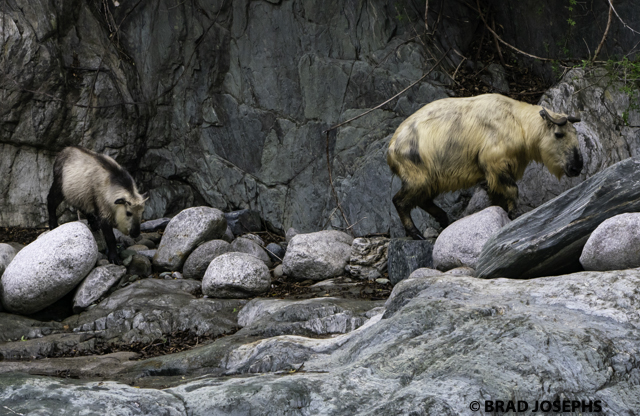
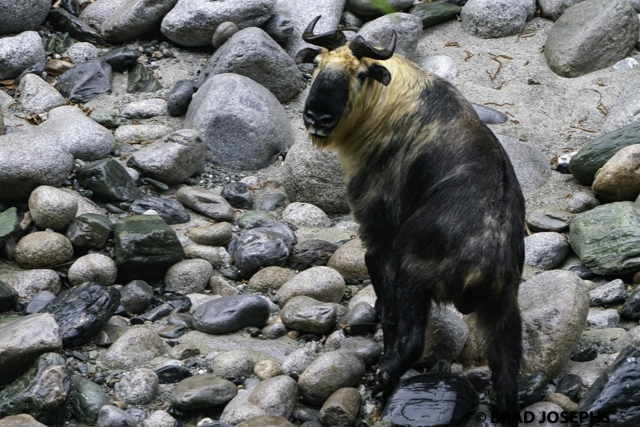
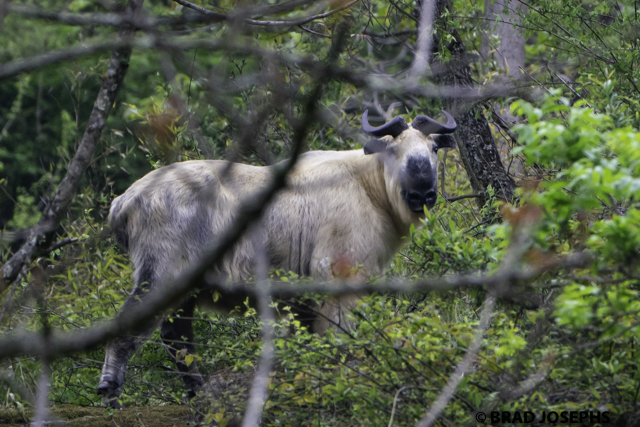
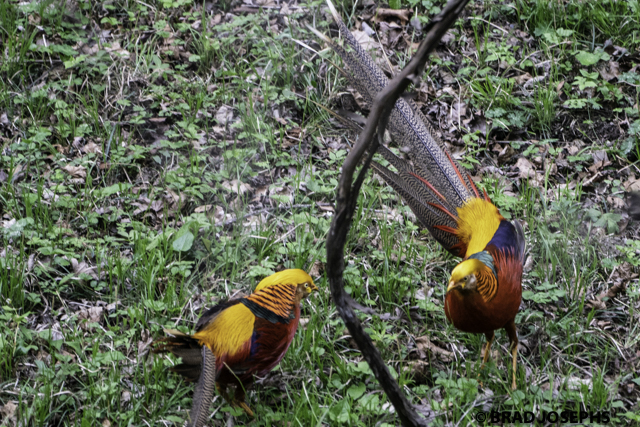
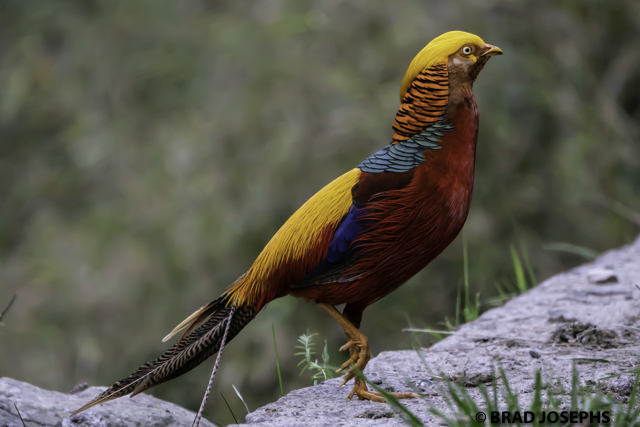
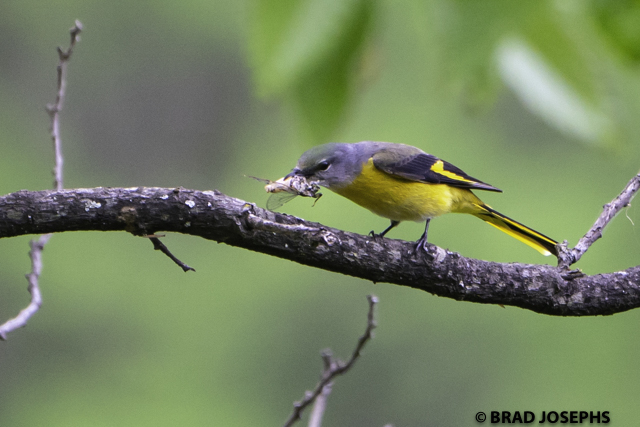
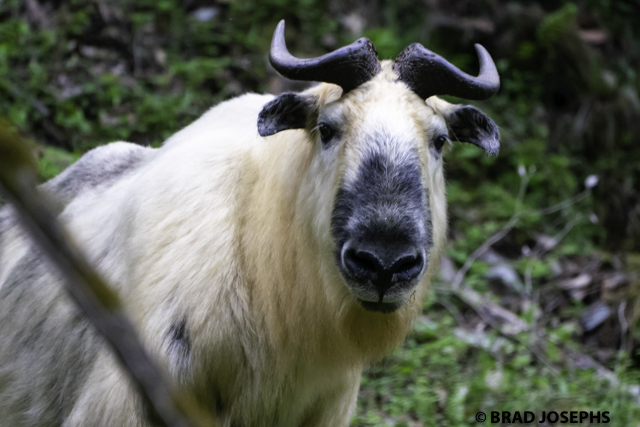
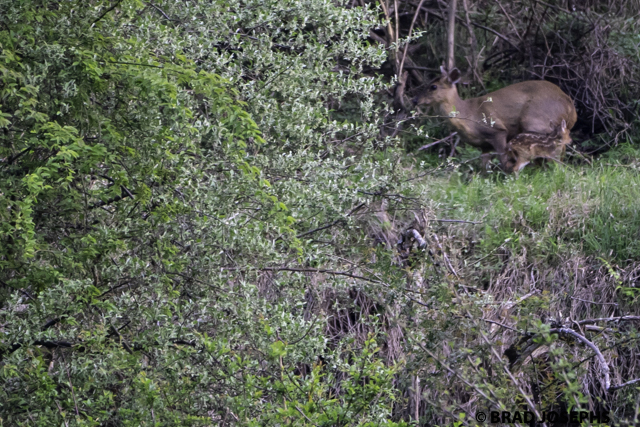
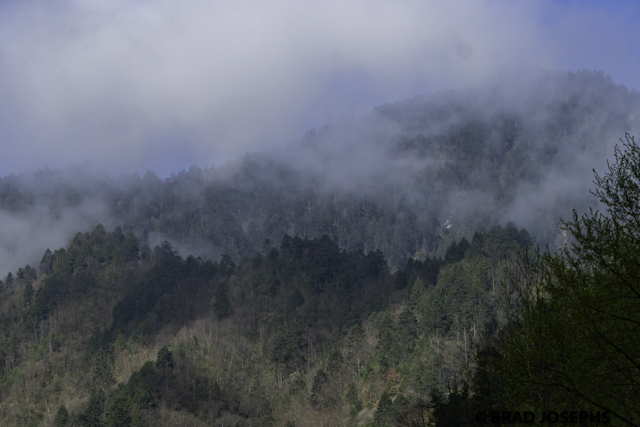
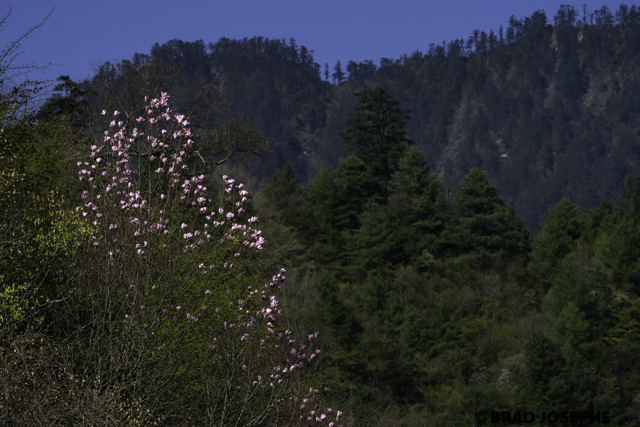
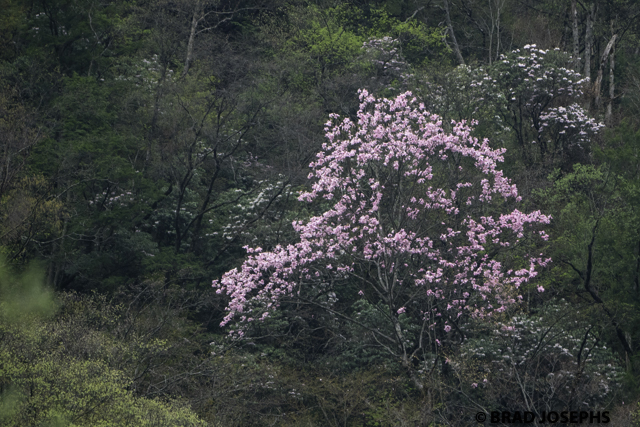
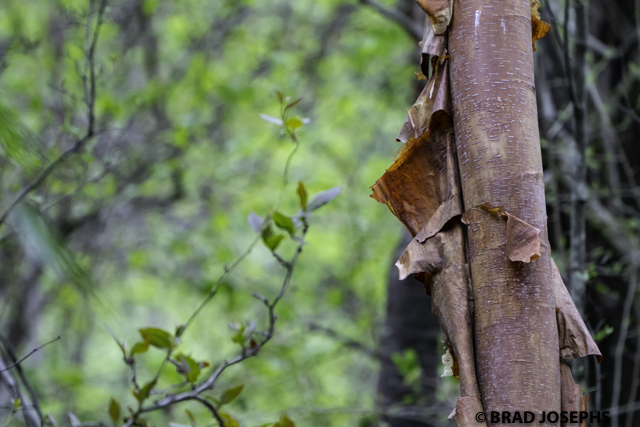
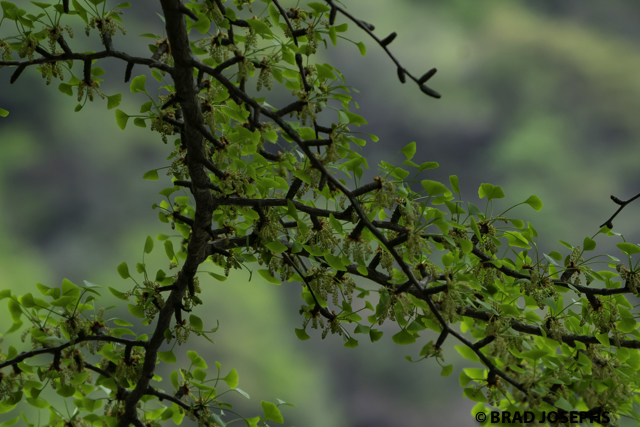


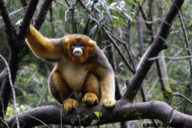
1 Comment
Loving the blog abpnd looking forward to the next part of our trip !